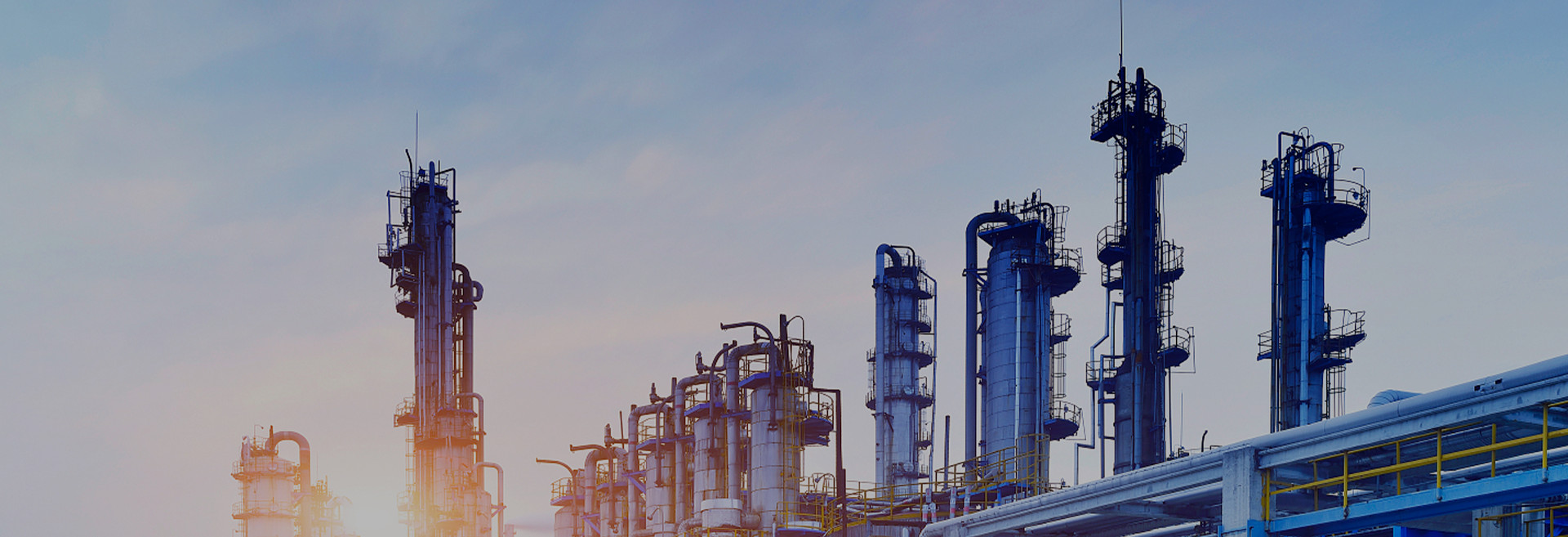NF3, Xe and Neon blends are the top three gases to stimulate growth in the electronics industry in 2022.
Speaking at the Gas World Congress in Kuala Lumpur, Andy Tuan, Managing Director of LinxConsulting Asia highlighted key gases, sustainability and market trends. Compared to 2021, in 2022 electronic specialty gases (ESG) overall value growth is $852 million, with rare gases ($581 million) accounting for 68% of the overall value growth.
NF3, Xe, and Neon mixtures are the three major driving gases in the ESG market and are mainly used in the manufacture of semiconductors, display panels, LEDs, and other electronic products. display panels, LEDs, and other electronic products. According to statistics, the global semiconductor market will reach $5.6 trillion in 2022, up 18.3% year-on-year.
According to statistics, in 2022, the global semiconductor market will reach 5.6 trillion U.S. dollars, with a year-on-year growth of 18.3%, the display panel market will reach 1.8 trillion U.S. dollars, with a year-on-year growth of 12.7%, and the LED market will reach 2.1 trillion U.S. dollars.
LED market to reach US$2.1 trillion, up 9.8% year-on-year. The growth in demand for these electronic products directly boosted the ESG market, especially the consumption of NF3, Xe and Neon blends.
Andy Tuan quoted an industry expert at the conference who said, “Without these gases, there would be no modern electronics” However, according to Linx’s forecasts, despite strong performances in South Korea and China, the market will get a 14% by 2023
Correction. The ESG market is set to rebound by 12% in 2024, despite being supplemented by other semiconductor materials segments.
The ESG market is expected to grow at a five-year average CAGR of 8% from 2023 to 2028. Asia is likely to maintain its dominance in ESG, with 87% market share in 2023 and 88% by 2028, outpacing the rest of the world.market share, surpassing the rest of the world.
The industry has been impacted by record new government-backed investments in key countries such as the US, EU and Israel. But Tuan said, “No matter how much the U.S. government or the EU wants to incentivize the market, China, Taiwan, South Korea and Japan will all continue to grow significantly.”
However, the growth of the ESG market has not been plain sailing, and it has faced a number of external and internal influences and challenges. First, geopolitical factors threaten the stability and security of the ESG market. Due to trade friction and technological competition between the United States and China trade friction and technological competition between the U.S. and China, the supply chain and division of labor in the ESG market have been disturbed and disrupted.
Second, supply chain flexibility and efficiency is also a challenge for the ESG market. Due to unpredictable events that such as natural disasters, wars, and pandemics, production and transportation in ESG markets are often disrupted and delayed. Environmental sustainability sustainability is also an important consideration for the ESG market. As ESG produces a number of greenhouse gases and hazardous substances during its production and use, it has a significant impact on the environment. greenhouse gases and hazardous substances during the production and use of ESG, it has an impact on the environment and human health.
The ESG market is an area of opportunity and challenge that is relevant to our lives and affects our future. We need to pay attention to the dynamics of the ESG market, support the development of the ESG industry, pay attention to the environmental impact of ESG, and strive to realize the goal of sustainable development. sustainable development goals.
Post time: Jan-25-2024

